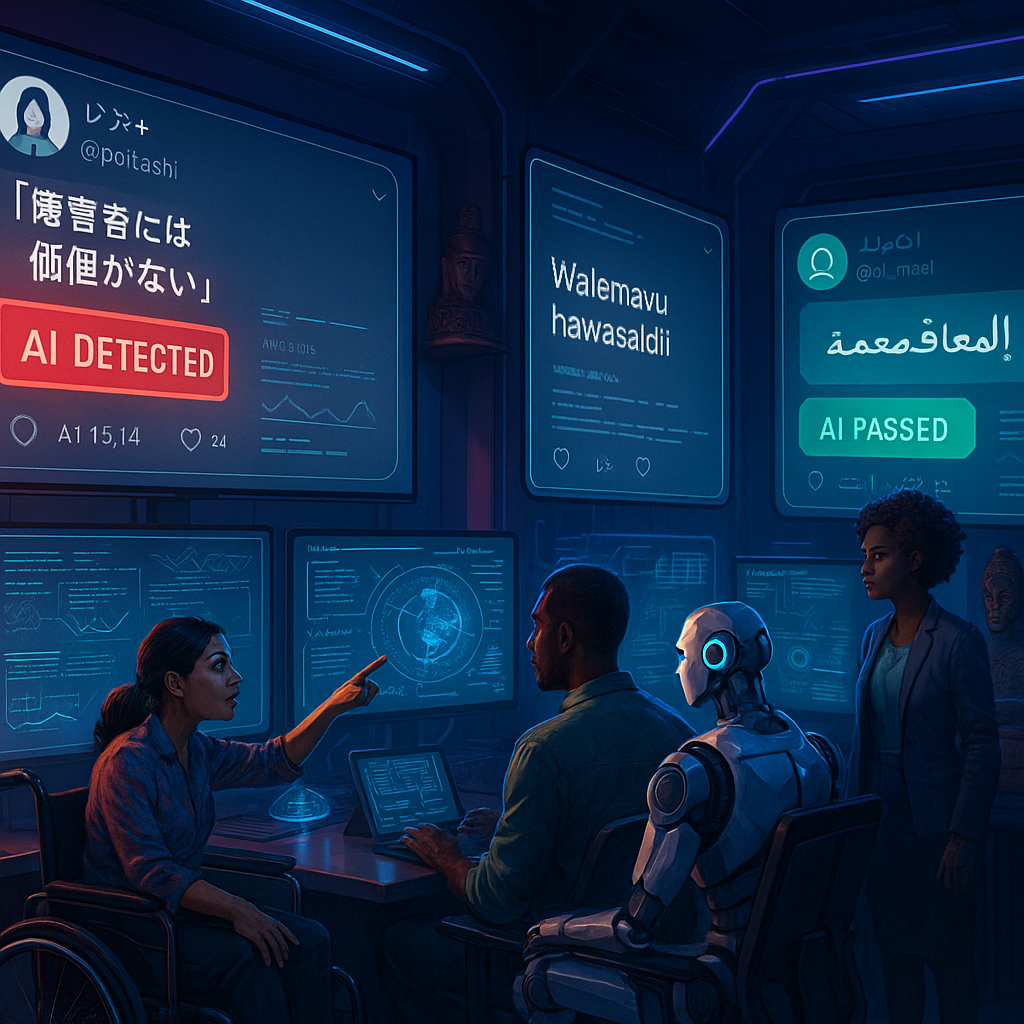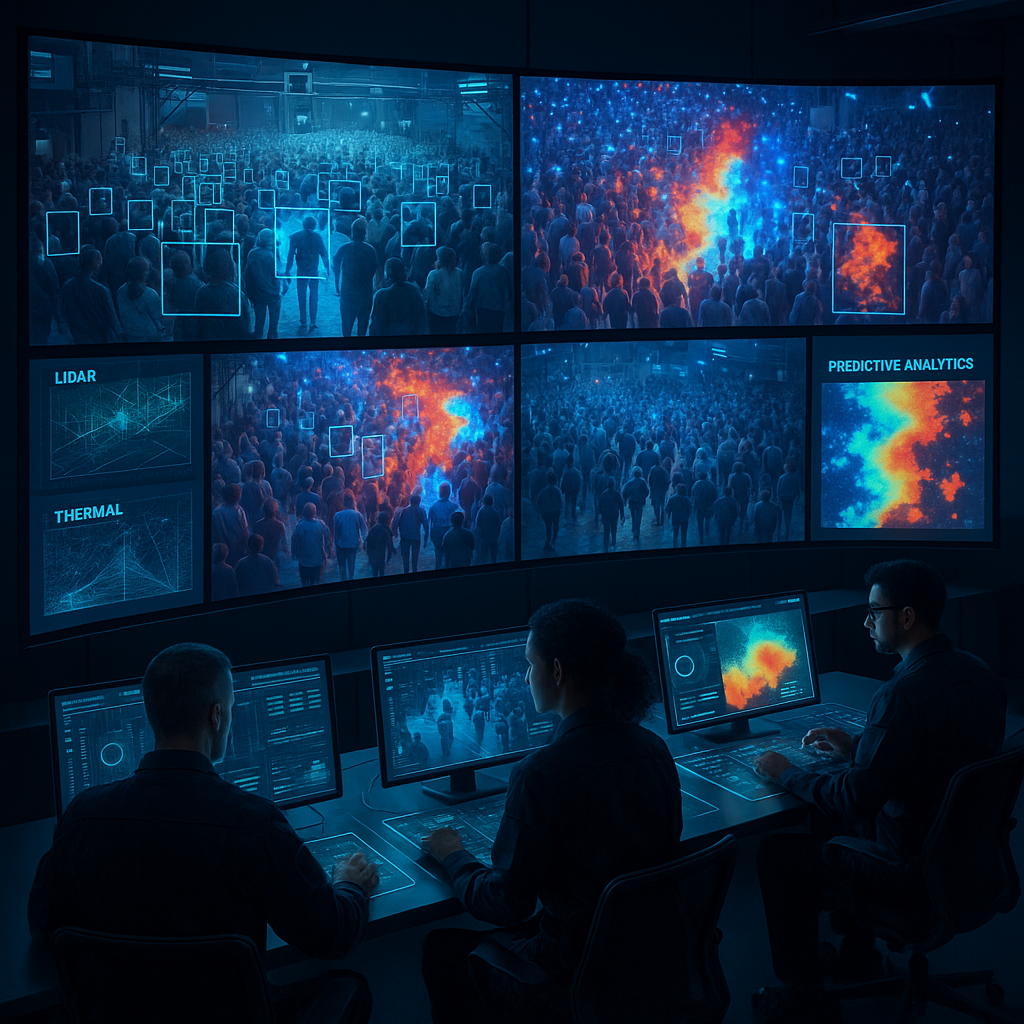Key Takeaways
- Algorithms as modern-day trickster figures: Much like the classic trickster archetype in mythology, algorithms upend societal norms, challenging established structures while unlocking unprecedented possibilities and insights.
- AI-generated content mirrors mythological patterns: Contemporary AI systems often replicate the deep-seated archetypal structures present in age-old creation stories, suggesting a fundamental kinship between computational narratives and the timeless art of human storytelling.
- From rituals to algorithms: A historical evolution: Where ancient rituals once shaped collective understanding, algorithmic “rites” now guide decision-making and cultural meaning on a truly global scale, influencing everything from commerce to personal belief.
- Cultural storytelling redefined by computational systems: Algorithms enable the emergence of diverse, personalized narratives, fundamentally transforming not only how stories are told, but how they are co-created and consumed in the digital landscape.
- AI storytelling bridges the ancient and the futuristic: Computational systems blend enduring mythological motifs with the relentless advancement of technology, forging digital mythologies that resonate on both personal and societal levels.
- Algorithms democratize narrative creation: Tools powered by computation empower broad-based creativity, allowing individuals to co-create modern-day “folklores” and contribute to living, evolving digital mythologies.
- The paradox of AI as creator and disruptor: AI platforms evoke awe by producing narratives that captivate and challenge, but their capacity to shift realities and redefine truths reflects the dual aspect of mythological tricksters. They are both visionary and subversive.
In fusing ancient archetypes with computational ingenuity, algorithmic mythology challenges us to reconsider the very essence of storytelling. Exploring this intersection of myth, AI, and culture reveals how these coded creations shape our perceptions and collective imagination.
Introduction
Imagine if Loki, the Norse trickster, or Hermes, the messenger of gods, could wield code instead of fire or language. Algorithmic mythology, emerging at the fertile boundary of AI and myth, recasts algorithms as the new shapeshifters of our era. They unsettle expectations, forge rituals, and spin fresh creation stories that echo those first told around flickering ancient fires. Within the circuit-laced labyrinths of computers, computational narratives unfurl in patterns uncannily reminiscent of foundational archetypes, pointing to origins far more profound than any single model or codebase.
This convergence remakes our understanding of identity, creativity, and memory. AI storytelling fragments and refracts mythic themes, empowering collective authorship while democratizing story creation for the digital age. Mythic power, once held by an elite few, diffuses into algorithm-driven collectives. It elevates the crowd and reshapes tradition. The algorithms that now script our lives do more than entertain; they force a reckoning with who steers our cultural imagination, and dare us to wonder anew: Who now dreams the world into being?
Algorithms as Modern Tricksters
Stepping into the mythic spotlight, algorithms are our age’s tricksters. They are unruly, cunning, and inherently paradoxical. Just as trickster gods upended the old order, modern algorithms disrupt predictable patterns, inventing new realities even as they undo old ones. Consider GPT-3’s infamous “hallucinations,” spewing plausible but fabricated facts with the slippery ease of a mythic storyteller. This evocation of Coyote or Raven, spinning half-truths as revelations, shakes our faith in certainty itself.
Stay Sharp. Stay Ahead.
Join our Telegram Channel for exclusive content, real insights,
engage with us and other members and get access to
insider updates, early news and top insights.
 Join the Channel
Join the Channel
Algorithmic tricksters dance on the knife-edge between order and chaos. Netflix’s recommendation engine, for example, sorts our preferences into elaborate lattices (like “Witty Dark Comedies with Strong Female Leads”), dissolving old genre boundaries while conjuring entirely new categories. The algorithm manufactures order, yet subverts expectation, much as the trickster both defines and destroys norms.
This duality permeates other domains too. In finance, trading algorithms are infamous for causing “flash crashes,” moments of digital mayhem echoing the wild pranks of mythic deities. In marketing, social media recommendation algorithms subtly manipulate user behavior, nudging the masses toward engagement rituals or tribal identities. Even the act of generating language blurs the line between human thought and machine output, calling into question the very source of voice.
Yet these digital tricksters also galvanize innovation, catalyze new communities, and inspire novel forms of creativity. Like Prometheus gifting fire, algorithmic creativity often spawns unexpected, culture-altering aftershocks, revealing both opportunity and risk hidden within the code.
From Rituals to Algorithms
Our ancestors shaped meaning through ritual: singing dawn songs, performing harvest dances, or consulting sacred oracles. Today’s society turns instead to the ceaseless liturgy of algorithms. Each morning, millions perform a digital ritual: checking curated social feeds, offering up data in exchange for affirmation, guidance, or revelation. The patterned gesture of “pull-to-refresh” becomes a techno-spiritual prayer, a daily act of faith in the promise of connection, novelty, or meaning.
Consider how Google’s search algorithm now occupies the role once reserved for oracular priests. It dispenses answers, predicts desires, and steers choice for billions. Patterns of swipes and taps become encoded rites; content engagement stands in for communal participation; reposting and sharing function as modern testaments.
Algorithms, however, do not simply replace old rituals. They transform them. Spotify’s Discover Weekly revolutionizes music sharing, supplanting the human mixtape with a data-driven offering perfectly tailored for each listener. In healthcare, algorithms reimagine the ancient ritual of diagnosis, moving from a physician’s intuition to machine-augmented predictions powered by vast datasets. In education, adaptive learning platforms use algorithmic assessments to initiate new “rites of passage,” customizing the learning journey to each individual and weaving personal mythologies of knowledge.
These algorithmic rituals now define who participates in cultural transmission, which voices are amplified, and how identities are shaped in a connected world.
AI Storytelling and Creation Myths
When AI systems generate narrative, their output often uncannily echoes mythological creation stories. GPT-3 and its kin, designed to organize random data into structured stories, unconsciously follow familiar arcs: cosmic chaos emerges into order, primordial binaries give birth to meaning, cycles of creation and destruction repeat endlessly. This cyclical, generative pattern mirrors the oldest myths. It reflects primordial dichotomies, spoken creation, and continuous renewal.
One striking experiment fed diverse creation myths into a neural network, which then composed its own digital cosmogony: a world born from the interplay of binary code, its elements divided and recombined through endless recursion. In finance, similar algorithms create new “economic mythologies” through abstract models and probabilistic predictions. In environmental science, climate impact simulations run by vast neural nets generate narrative forecasts that hold metaphorical resonance with the cycles of renewal and destruction sung in mythic verse.
Within legal frameworks and compliance, automated contract analysis systems interpret the nuanced language of agreements, echoing the ancient role of myth in defining the boundaries of acceptable behavior. Even healthcare diagnostics are reshaped by AI-driven pattern recognition, mapping new origin stories of disease and wellness.
What emerges is not mere pastiche, but a new genre: digital mythopoesis. Here AI systems reinterpret and remix ancient themes, creating frameworks for meaning that are both utterly novel and strikingly familiar.
Rethinking Narrative Authority
Algorithmic storytelling does not simply shift how stories are produced; it fundamentally questions who possesses the authority to define reality. When tools like ChatGPT generate convincing alternate histories or DALL-E visualizes unreal worlds, individual authorship and authenticity become malleable concepts.
The new power dynamics are embodied in algorithms that determine what content rises to prominence. Recommendation engines now decide which songs echo worldwide through platforms like Spotify, which videos capture collective attention on TikTok, and which articles define public discourse through search results. In education, automated essay graders subtly shape how students craft their arguments, redefining what counts as “good writing.” In marketing, data-driven campaigns leverage AI insights to generate compelling brand narratives that adapt in real time to shifting audience sentiment.
In healthcare, predictive algorithms weigh patient data to prioritize care or allocate scarce resources, indirectly scripting the life stories of millions. In environmental science, AI-powered climate models forecast narratives of crisis and adaptation, influencing policy decisions at a global scale. In retail and e-commerce, algorithms construct the mythos of brands through dynamic product recommendations and personalized messaging.
Yet, even as AI broadens narrative participation, it raises questions about algorithmic homogenization. Will digital folklore lose nuance in the relentless pursuit of engagement, or will new vernacular mythologies flourish in unexpected corners? As algorithms become the curators of cultural memory, the question is no longer just “What stories are told?” but “Who or what gets to tell





Leave a Reply